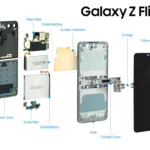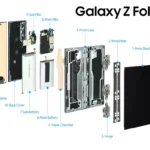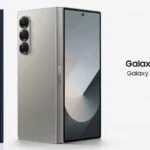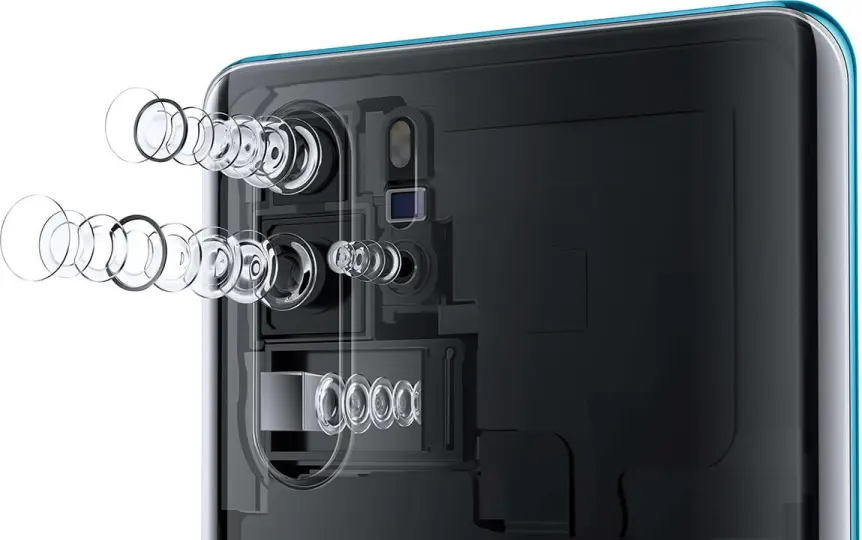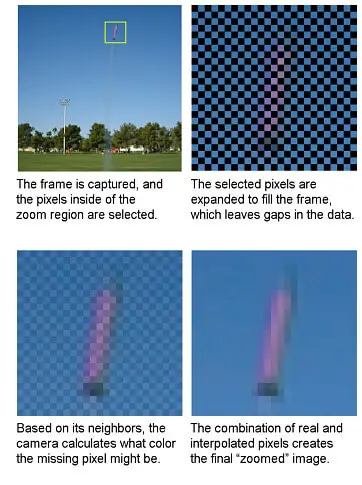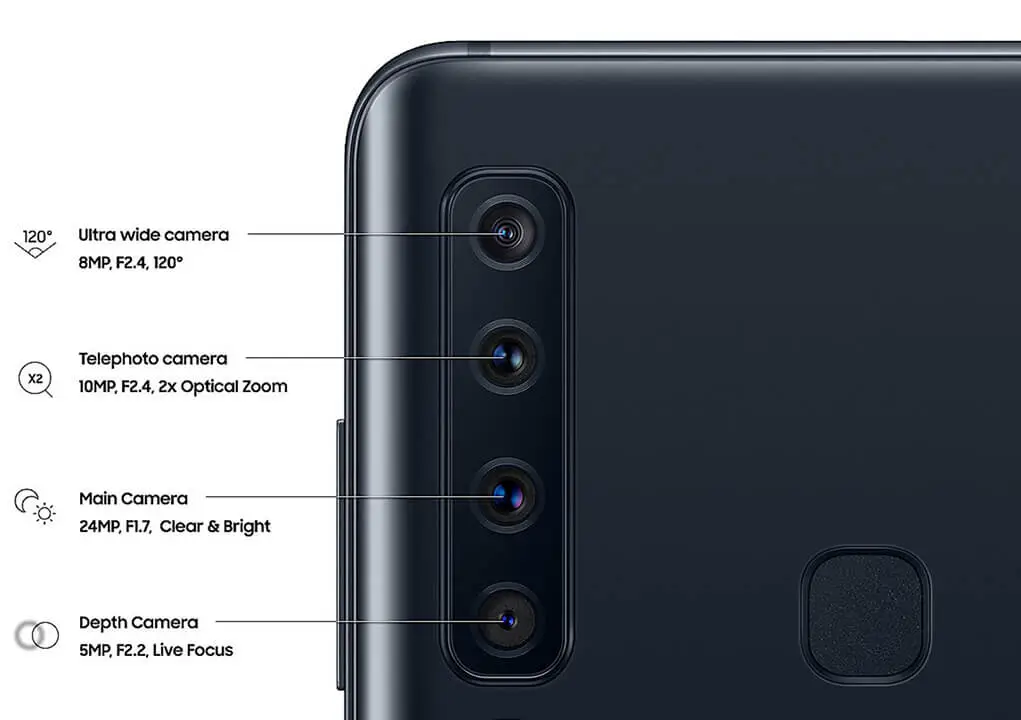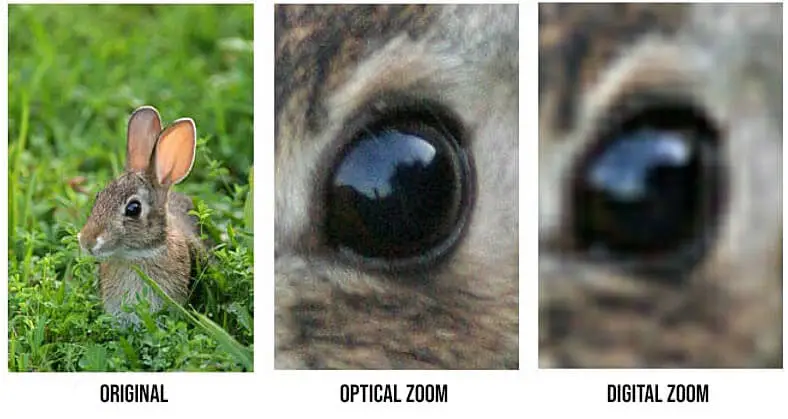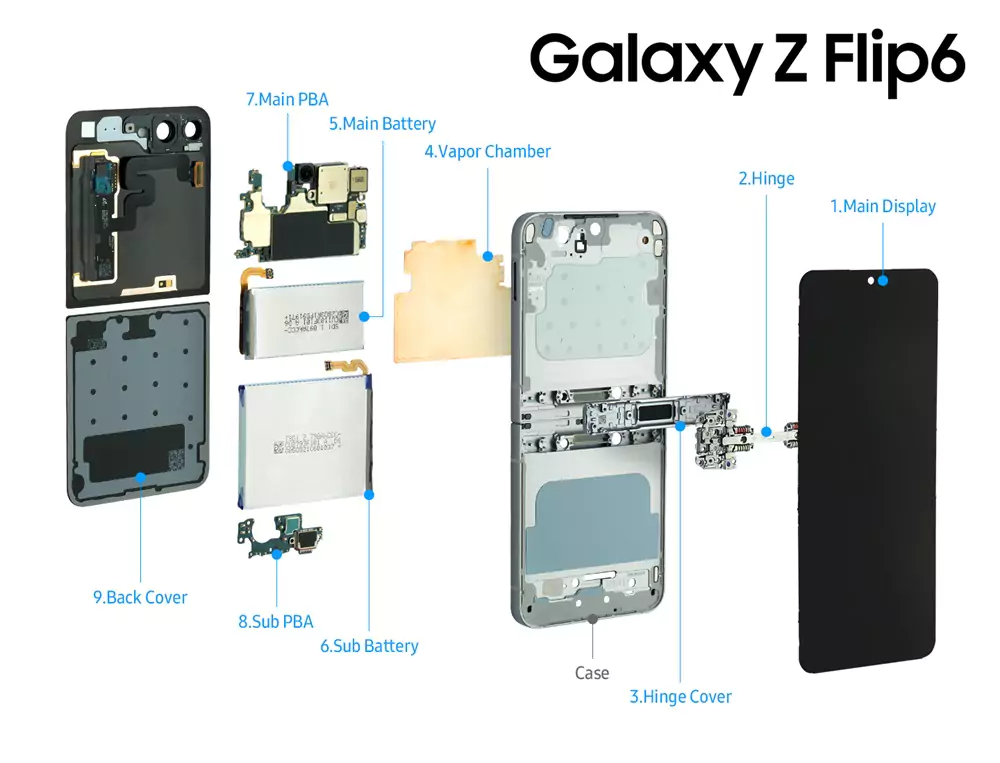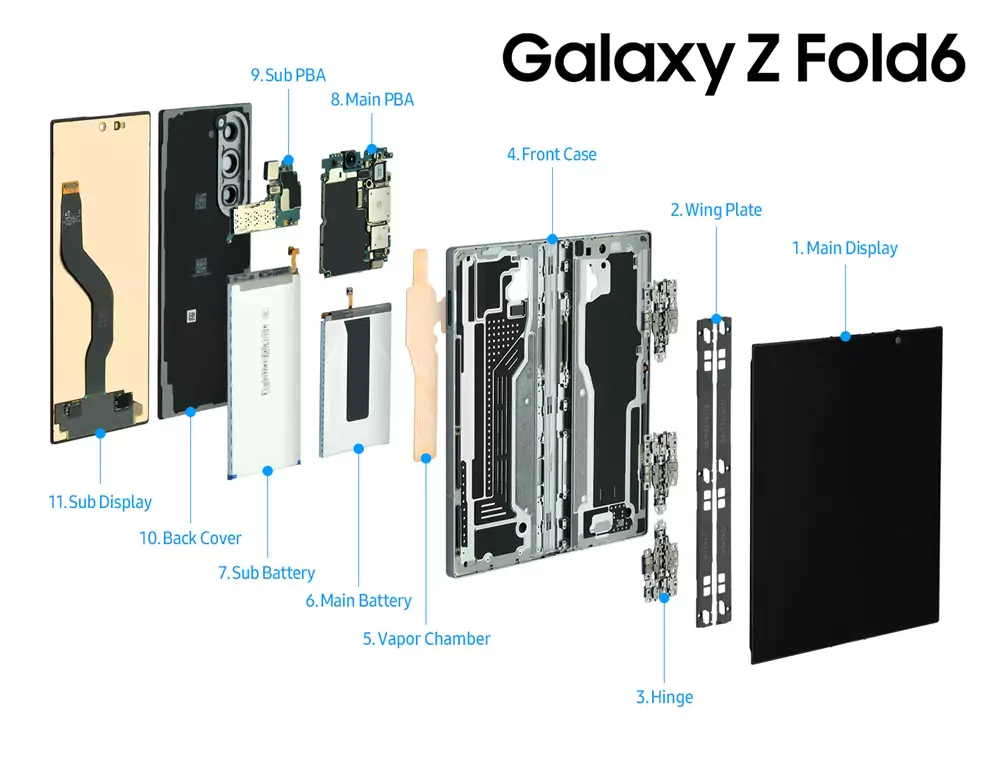The optical zoom feature is now a big talking point among phone makers when discussing smartphone camera specifications. That’s because the optical zoom is now a reality thanks to technological advancements; in the past, phone cameras could only employ digital zoom.
This can be perplexing for people who are unfamiliar with the differences, and some have been left wondering which is preferable.
The zoom feature severely limits the field of view in the frame and enlarges the focal point. When using an ordinary camera with a zoom lens, optical zoom enlarges the image by mechanically shifting the glass parts inside the lens. On the other hand, digital zoom is entirely dependent on software.
Smartphones with optical zoom—which differs from digital zoom in how it works—often take better-looking photographs when zoomed in than those with digital zoom. We must first examine digital zoom, which came before optical zoom, in order to comprehend optical zoom on smartphones.
Using digital zoom
Smartphone cameras do not only use digital zoom. It is well known that many point-and-shoot cameras have both optical and digital zoom. However, due to size limitations, digital zoom is typically used in smartphone cameras.
What is the process of digital zoom?
In actuality, digital zoom is more of a digital simulation of optical zoom than actual zoom. By using digital zoom, the camera essentially crops the photo before resizing it to fill the frame once more.
One of the reasons why some smartphone makers provide their cameras with a lot of megapixels is really digital zoom. The picture can be blown out more with a higher-megapixel camera without the quality of the image is noticeably worse.
What is the disadvantage of digital zoom?
You will undoubtedly notice a drop in picture quality while using digital zoom unless it is a slight zoom-in. Guaranteed.
Just consider it. Stretching a photo to meet the proportions of a 12MP shot will undoubtedly reduce the image quality if the photo was originally taken at a resolution of 4000 × 3000 (12MP), and was then cropped down to 3000 x 2000 (6MP). This is because, despite not having enough pixel information to cover the frame, you will have effectively cut the resolution of the shot in half and stretched it out.
Smartphone makers have developed several methods to address these pixel data gaps. Interpolation is one technique used to do this. The camera’s algorithm makes educated predictions based on nearby pixels to identify what colour pixel is required to fill the void.
The final, digitally zoomed-in image is produced by this combination of actual pixel data and artificially generated pixels generated by the software. Depending on the complexity of their algorithms, the outcomes vary from maker to manufacturer, but they are typically not that good. You continue to lose organic quality! Smartphone makers didn’t give up on adding greater native zoom capabilities to their products and managed to enhance camera zoom.
Optical zoom
A fixed lens, also known as a prime lens, on a classic camera lets light pass through and bends it to a focal point on the picture sensor. The focal length, expressed in millimetres, is the distance from the lens’s centre to the point at which light beams focus on a sensor. The focal length will also remain constant because the lens is fixed and does not shift.
A 50mm lens, for instance, will always have this focal length. You must either move closer to the subject or switch to a lens with a greater focal length if you need to take a closer image.
On the other hand, a zoom lens consists of many internal glass parts that move back and forth in relation to one another to enlarge (zoom in) or reduce (zoom out) the image (zoom out). The focus length alters as these glass components move.
For instance, a lens described as 18-55mm can zoom in to a focal length of 55mm, which provides a tighter field of view, from 18mm (wide-angle shot).
How does a smartphone’s optical zoom function?
Smartphones with optical zoom
You won’t find smartphones with obtrusive zoom lenses because thinness is king when it comes to smartphone size. Others, like Samsung, have attempted it in the past with devices like the Galaxy Zoom, which included a 10x optical zoom lens that extended from the back, but this particular style of camera wasn’t particularly popular.
The answer is? a number of cameras
These days, finding two, three, or more cameras or lenses on the back of a smartphone is quite normal. Although it might seem repetitive, each of these cameras is unique and has a specific function.
A camera featuring a telephoto lens, a wide-angle lens, and an ultrawide lens is typically seen in a triple-camera system. Depending on the field of vision (also known as the angle of view) they offer, each of these lenses has a distinct focal length.
The phone will automatically switch to the camera with the lens that will provide you with the desired shot when you zoom in or out. In other words, your phone will switch to the ultrawide lens if you want to zoom out from the regular wide photo. The telephoto camera will automatically switch on if you zoom in.
The telephoto lens’s focal length determines how far you can zoom in on a smartphone camera. The zoom range of the camera can be calculated by taking the focal length of the telephoto lens and dividing it by the focal length of the wide-angle lens.
The zoom range of a phone is 2x optical zoom, for instance, if it has a wide-angle lens with a 26mm focal length and a 52mm telephoto lens.
Do Smartphones Really Require Many Cameras? is one of my posts where I go into further detail about the functions of each camera and how they all operate together. The essay not only discusses optical zoom but also covers various smartphone cameras that are available nowadays. It’s definitely worth a look.
Is the zoom actually optical?
Not really, no. It is challenging to categorize smartphone optical zoom as such since, unlike classic camera zoom lenses, it lacks any real moving glass parts. It does, however, operate via the cameras’ optics. I suppose that’s why smartphone manufacturers chose to brand it as optical zoom.
Some claim that multi-camera zoom should be used instead of the term “optical zoom” to describe the switching between cameras with fixed focal length lenses. I concur although I suppose “optical zoom” is more effective for sales.
Does optical zoom actually improve digital zoom?
Although it is superior to digital zoom, this technique is still far from ideal. Images on smartphones that use optical zoom may also lose quality.
It’s also important to remember that most multi-camera smartphones use distinct sensors for each of their cameras. Phones with primary cameras that are more megapixel-rich than secondary cameras are widespread. Hence, you might lose photo quality when switching cameras. To address this problem, smartphone makers devised a feature known as hybrid zoom.
To achieve the best results, clever algorithms are used to gather the data from every camera and combine it to create an image with the least noticeable apparent picture degradation while zooming in.
Whatever your opinion, optical zoom on smartphones is much superior to digital zoom. Despite its stunning results, smartphone optical zoom falls short of genuine optical zoom due to space restrictions and available technology. But, as we have seen, cellphone camera technology continues to advance. It’s therefore only a matter of time.
I generally have steady hands, but the closer you zoom in, the more difficult it is to maintain a steady shot. And I have personally dealt with this on numerous occasions. That makes using a tripod absolutely necessary.
I assure you that you are not the only person who believes that smartphone tripods are superfluous. I once held the same opinion. I now find it impossible to fathom living without it. Check out these 8 very solid reasons to buy a tripod if you’re still not sure.
